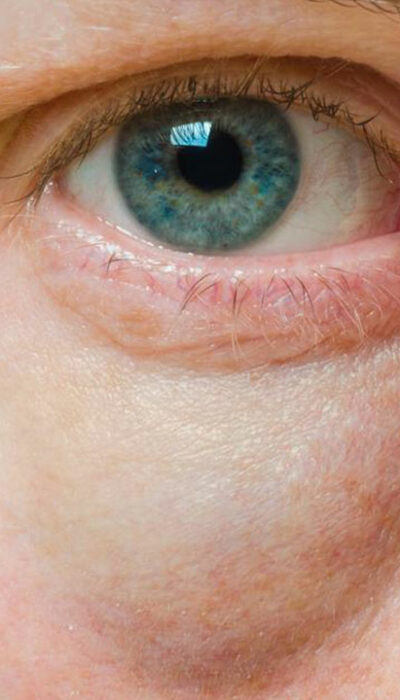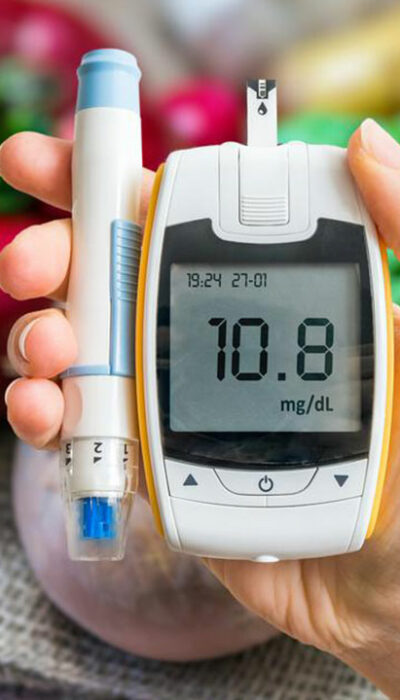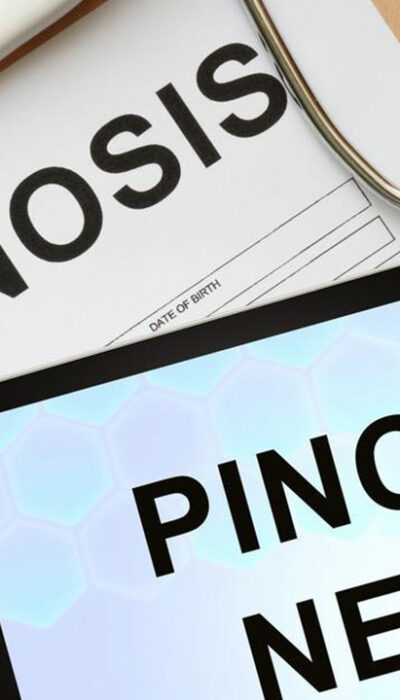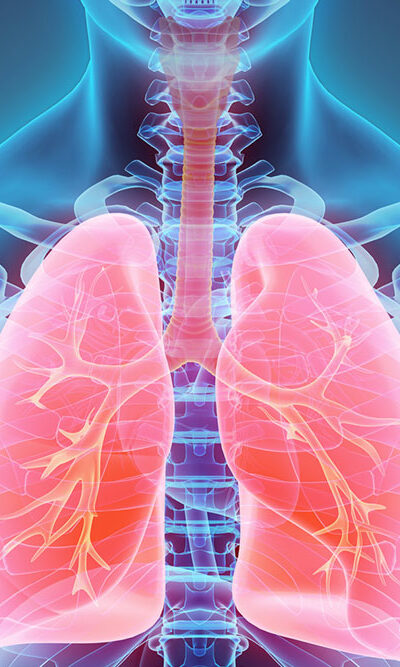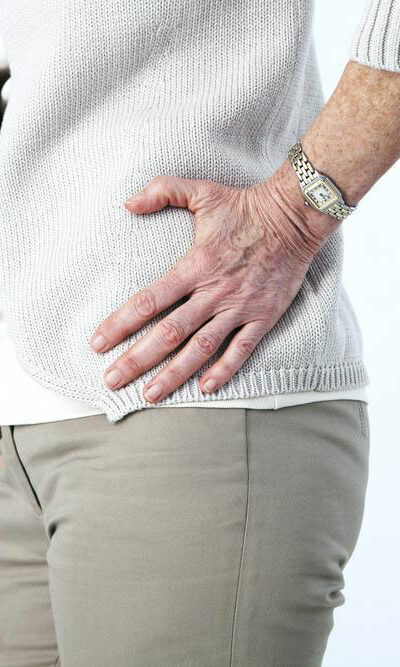
8 Effective Remedies for Treating Enlarged Prostate Symptoms
An enlarged prostate is one of the complex problems in men. The prostate serves the fertility function in men and is situated between the bladder and the penis. With the condition of an enlarged prostate, men find it difficult to do almost anything. This problem normally affects men above 40 as a natural process of aging, as the hormone secreted by them is reduced in the prostate. Lack of exercise and family history are the other two causes of an enlarged prostate. Below are symptoms of an enlarged prostate: Urine frequency: A person, on an average, urinates about 6–7 times a day. In the condition of an enlarged prostate, the person may tend to urinate more than 8 times a day. This is because the prostate starts to secrete very little female hormones that the male produces, as there is a blockage in the secretion of the male hormone. Urinary blockage: Another major symptom of enlarged prostate is urinary blockage as the prostate gland becomes enlarged, blocking the functions of the bladder. Nerve problem: Due to an enlarged prostate gland, there could be a disruption of nerves between the brain and the bladder, in such a way that the brain fails to read the messages by the bladder, thereby leading to uncontrollable urination. Infection: A sudden infection in that area is another symptom of an enlarged prostate. The infection causes a burning sensation and you can start itching uncontrollably. This shows up as a swelling of the prostate gland and makes it difficult for the person to perform routine tasks. Medications: Other causes can also be certain medicines that do not suit your body type and result in damaging the prostate. There are certain medications that disturb the functions of the urinary system, causing an enlarged prostate. Remedies for enlarged prostate Saw palmetto Saw palmetto is a natural remedy for enlarged prostate.


